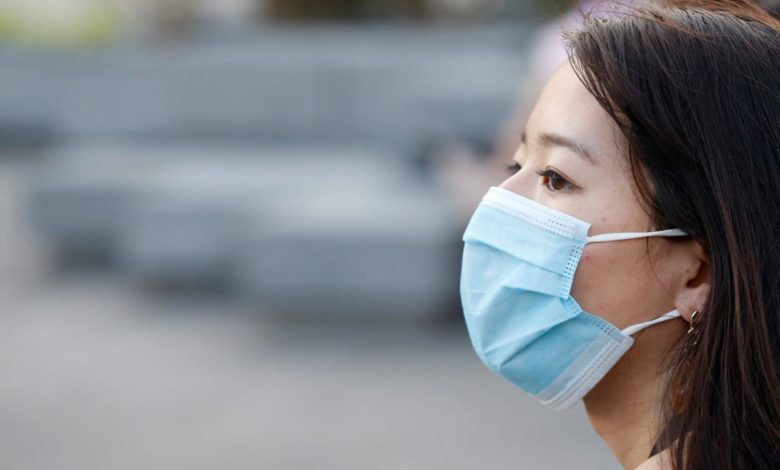Healthcare Leader : Dr Alok Roy
Chair, FICCI, Health Services Committee, Chairman Medica Group of Hospitals

COVID-19 has been undoubtedly the most devastating public health emergency in the last century. It reminded the entire generation that we are mere pawns in the hands of nature. Being in healthcare, we have earned the epithet, front line warriors, deservingly so. As health workers, we must serve the society at large. As caregivers, we are learning on the job, as no classroom theory could have helped us break the shackles of the virus. The pandemic has made us better at learning on the go. Private healthcare services, which have long been neglected politically have risen to the occasion to save the populace. With nearly 80-90 per cent of COVID patient care being provided by the private sector, we have accepted this untimely challenge and taken it head-on, ably supporting public healthcare at large.
Some of the major learnings are to not take life for granted. We must all learn to be flexible and engage the pandemic on the front foot. Hospitals across the country did this over the last few months. Another key learning is that in India, about 86 per cent of patients are asymptomatic or mildly symptomatic. We are dealing with the remaining moderate to severe patients who need hospital care.
We need to create a flexible workspace in the hospital and to fit the hospital in retrofit or forward format where we can change the settings in as short a period as possible
Over time, we have learnt, adapted and become extremely skilled at ICU patient care. With no clear evidence and strategies for ICU care at the beginning of the pandemic, our experiences have taught us well. The Indian healthcare system was not well equipped to deal with a pandemic of this nature, so we redesigned our infrastructure, treatment protocols and processes. This allowed us to protect our employees as well as the COVID and non-COVID cohort of patients. Healthcare has undergone a 360-degree transformation while fighting COVID-19.
The healthcare sector has taken a massive financial hit and for healthcare to emerge strongly from this crisis, the health budgets need to be substantially upgraded. India’s public health expenditure stood at 1.15 per cent of its gross domestic product – this must take a quantum leap and must be more than doubled to reach the goal of 2.5 per cent set by the National Health Policy 2017 while being further increased to 3 per cent-4 per cent of the GDP in the medium term. Health and wellness have been severely impacted by the ongoing pandemic. Hence, in looking at health, and its future trends post the pandemic, we will take a more holistic approach to the healthcare scenario. We will also look at influencing factors – especially macro factors like the higher likelihood of impact on the older and ageing population, increase in chronic diseases and co-morbidities, rising health care costs and enhanced demand for product transparency. We have to adapt to the new normal.
The new normal is that we have to rely on technology, the digital platforms. We need to create a flexible workspace in the hospital and to fit the hospital in retrofit or forward format where we can change the settings in as short a period as possible.In the new normal, we need to have lesser beds in larger spaces. The more we space out the bed it will probably change the way. Also, we need to invest in technology in big time. We need to think that these things can occur and prepare for such things and invest more in public healthcare.




